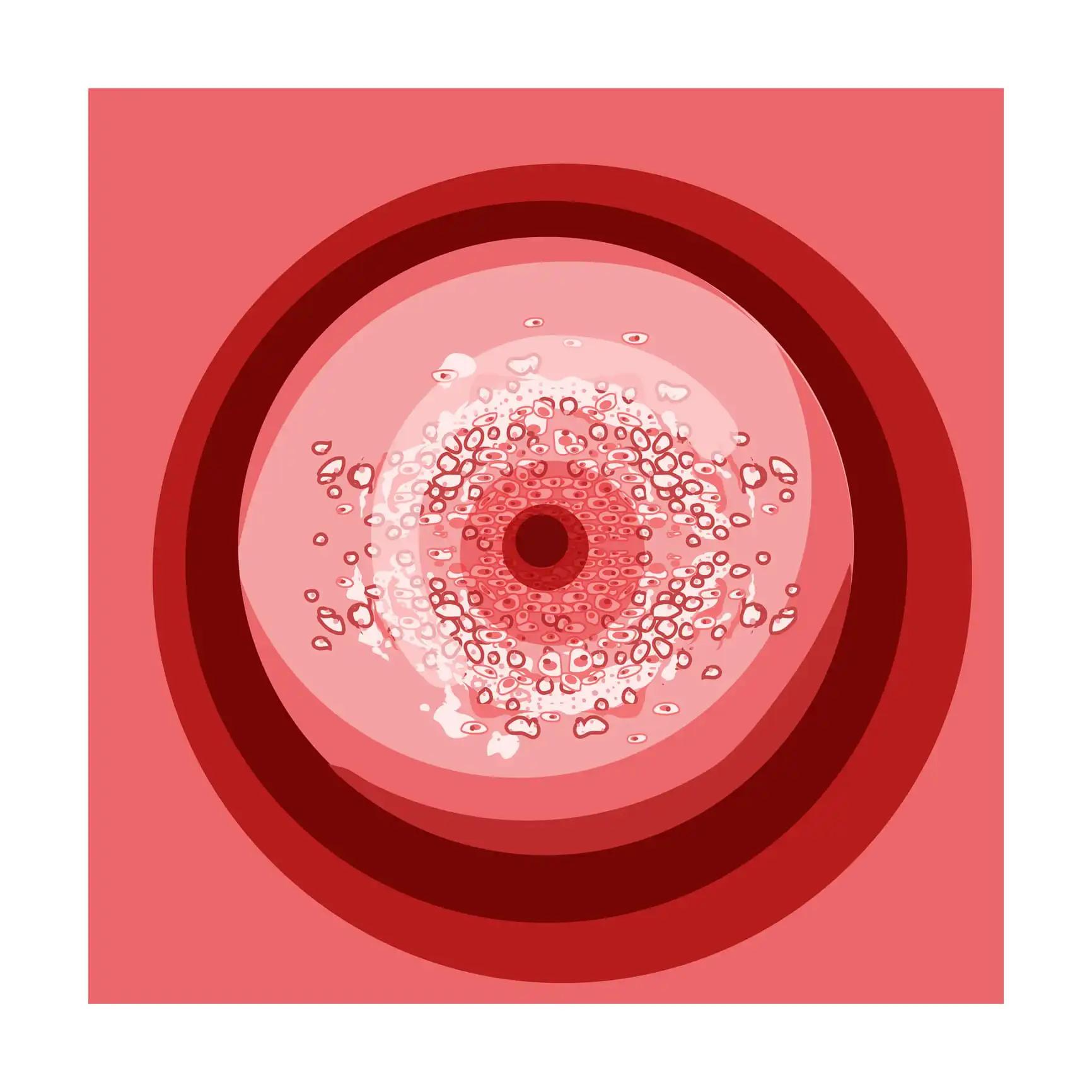KEY TAKEAWAYS
- PAOLA-1/ENGOT-ov25 Phase III trial explored the efficacy of Olaparib in treating patients with advanced ovarian cancer to improve PFS based on age-based stratification.
- One arm of the study was given 300mg of Olaparib twice daily while the other arm received the same amount of placebo.
- The study’s primary outcome measure was to determine the efficacy based on PFS; OS, Second Progression Free Survival, Safety, and Tolerability were secondary outcome measures.
- Olaparib plus bevacizumab showed similar benefits and safety profiles in older and younger PAOLA-1 patients, with no significant differences despite unfavorable clinical and molecular features.
- Improved progression-free survival with olaparib plus bevacizumab was limited to PAOLA-1 patients with HRD-positive tumors.
Phase III of the two-arm PAOLA-1/ENGOT-ov25 study was targeted toward patients with recently diagnosed advanced ovarian cancer with the aim to improve progression-free survival (PFS). The study also assessed the maintenance regimen of olaparib + bevacizumab in older patients.
Baseline clinical, molecular, and PFS data from older (aged 65 years or more) and younger patients (younger than 65 years) were compared. The effectiveness and safety of olaparib in different age categories were also evaluated.
292 (36.2%) of the 806 randomly assigned individuals were over the age of 65. Patients with an Eastern Cooperative Oncology Group performance rating of 0 (61.0% versus 76.2%) and upfront surgery (42.0% versus 55.7%) were more frequently older than younger patients. BRCA1/2 mutations (17.1% versus 36.7%) and homologous recombination deficiency-positive status (34.1% versus 55.7%) were less prevalent in older individuals.
The older population’s median PFS after a median follow-up of 22.1 months was 21.6 months with olaparib versus 16.6 months with placebo (hazard ratio [HR] 0.55, 95% confidence interval [CI] 0.41-0.75), which was comparable to the younger population’s median PFS after a median follow-up of 22.9 months (versus 16.9 months; HR 0.61, 95% CI 0.49-0.77). Patients with homologous recombination deficiency-positive tumors or BRCA mutations saw improved PFS.
Although hypertension and anemia were more prevalent in older patients, the incidence of grade 3 adverse events associated with olaparib was similar between older and younger patients (36.8% versus 31.7%). Older patients taking olaparib experienced no treatment-related fatalities. Patients participating in PAOLA-1 had comparable PFS benefits irrespective of age and had a similar safety profile.
Source: https://www.ejcancer.com/article/S0959-8049(22)01779-8/fulltext
Clinical Trial: https://clinicaltrials.gov/ct2/show/NCT02477644
Sabatier, R., Rousseau, F., Joly, F., Cropet, C., Montégut, C., Frindte, J., Cinieri, S., Guerra Alía, E. M., Polterauer, S., Yoshida, H., Vergote, I., Colombo, N., Hietanen, S., Largillier, R., Canzler, U., Gratet, A., Marmé, F., Favier, L., Pujade-Lauraine, E., & Ray-Coquard, I. (2023). Efficacy and safety of maintenance olaparib and bevacizumab in ovarian cancer patients aged ≥65 years from the PAOLA-1/ENGOT-ov25 trial. European journal of cancer (Oxford, England : 1990), 181, 42–52. https://doi.org/10.1016/j.ejca.2022.11.029



